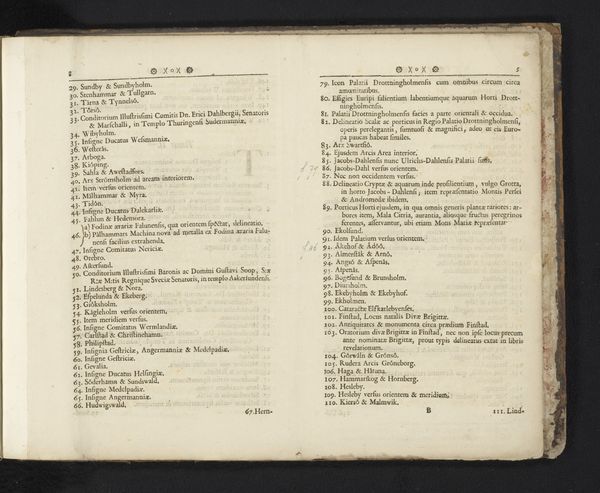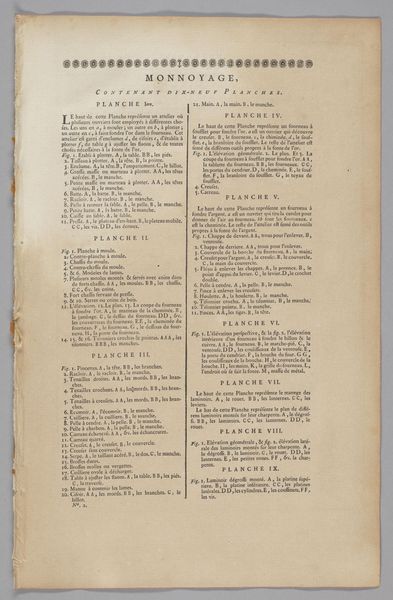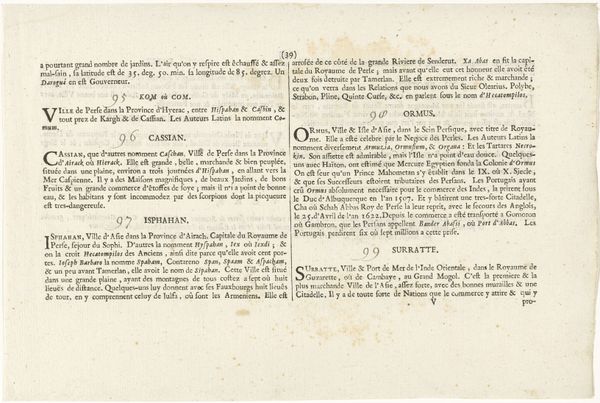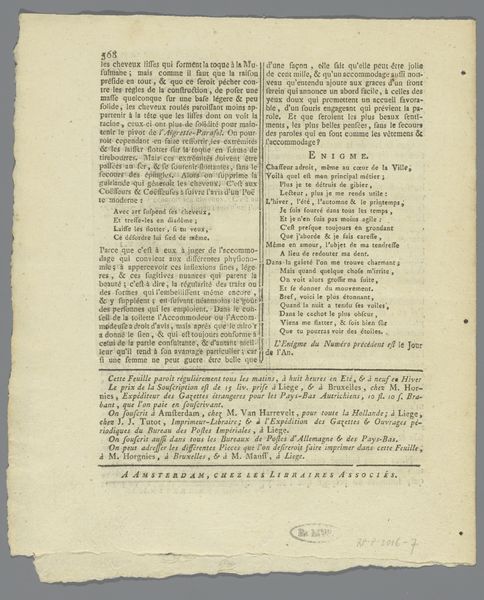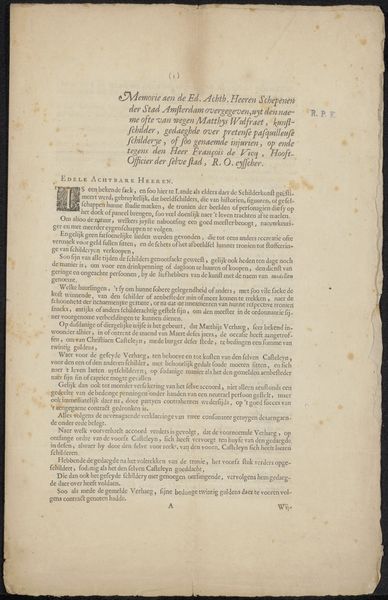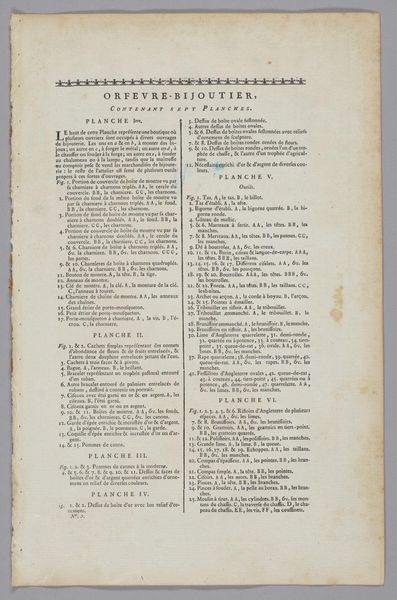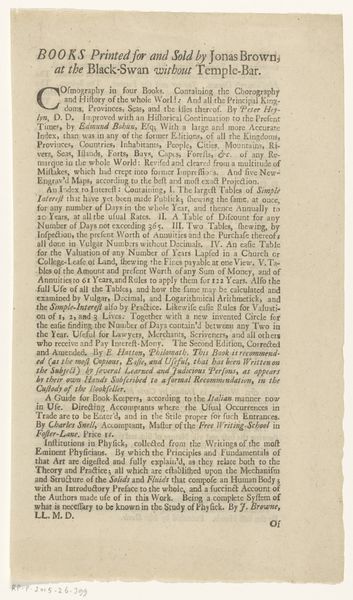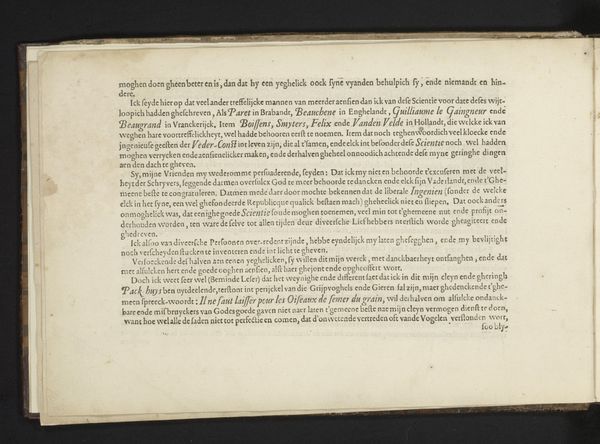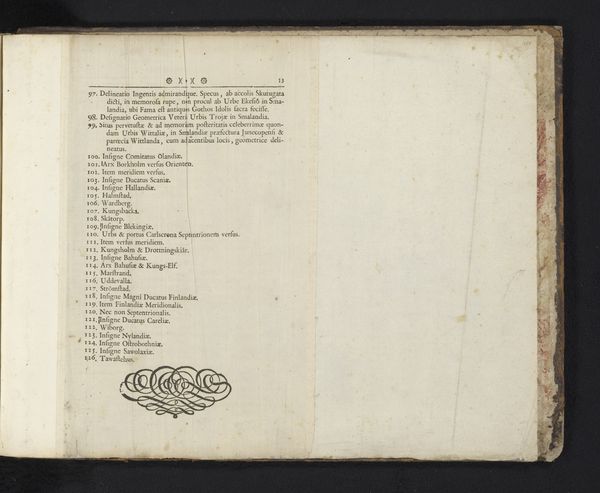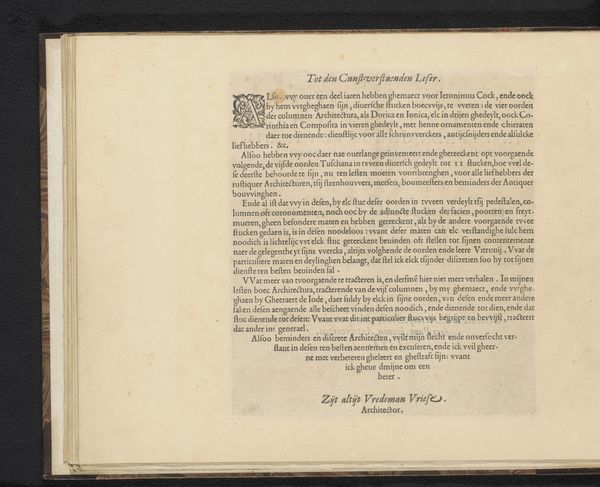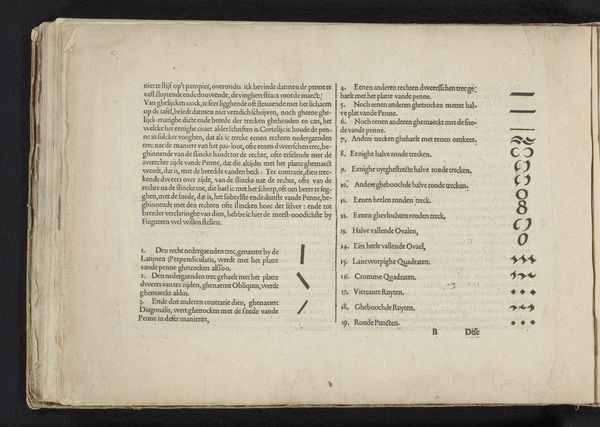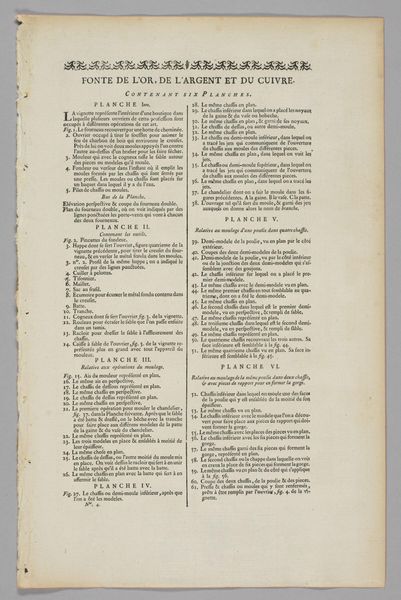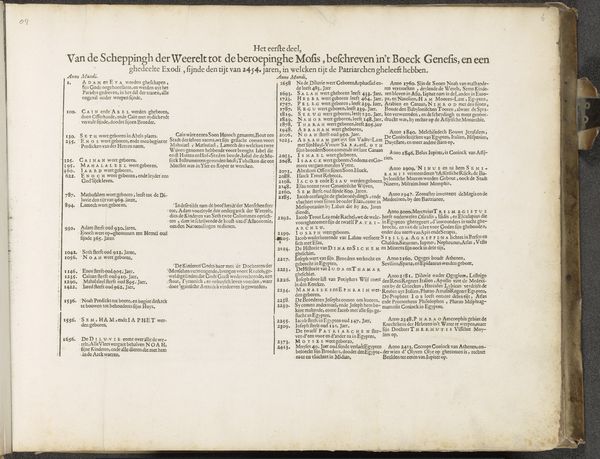
print, textile, paper
# print
#
textile
#
paper
Dimensions: height 320 mm, width 400 mm
Copyright: Rijks Museum: Open Domain
Editor: Here we have "Index op de prenten, pagina 10 en 11," dating from 1661 to 1715. It’s an anonymous print on paper and textile, full of dense, old-fashioned text. The layout makes it seem less like art and more like a historical document. How do you read a piece like this? What significance does it hold as a visual object? Curator: Well, consider the period in which this index was compiled. It coincides with emerging nation-states solidifying their identities through constructed narratives. These pages are not just a list; they represent an effort to inventory and, thus, control a certain cultural and historical landscape. Editor: Control? Could you explain what you mean? Curator: Certainly. Notice the repeated references to royal figures, ancient monuments, and religious sites. This index is, in a way, codifying a particular version of Swedish history—a history deeply intertwined with monarchy and religious power. What isn't included is as telling as what is. Are the experiences of marginalized groups present here? Editor: I see your point. By focusing on certain aspects of the past, like rulers and religious sites, the index subtly reinforces a specific social and political structure. I wonder about the accessibility of this material at the time and its purpose: was it aimed at scholars or a broader public? Curator: Precisely. Who was this narrative crafted for? Consider the role of print and text during this period, and its implications for disseminating ideologies. And thinking about our own moment, how do we grapple with such inherited historical documents, acknowledging their biases while still finding value in what they contain? Editor: This makes me look at this document in an entirely different light now. It's not just an index, it’s a window into the making of history, and all its inherent biases. Thank you for that perspective.
Comments
No comments
Be the first to comment and join the conversation on the ultimate creative platform.
